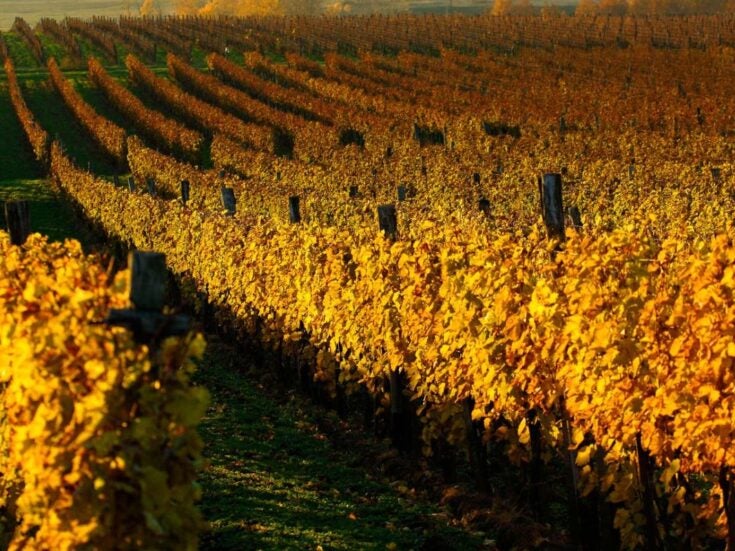
Oliver Thring on the curious cocktail of grime, glamour, sun and seediness that makes the Côte d’Azur as intoxicating today as it ever was
THE NEWLY RENOVATED Hotel du Cap sits at the southernmost tip of the Cap d’Antibes, peering out across a wide gravel walk that dips towards 1,000 feet of private shoreline, a 100-year-old swimming pool, the Eden Roc complex and the Mediterranean Sea. It’s not the grandest hotel on the French Riviera but it’s among the most private, and for many of its 140 years it has been a symbol of the shifting, esoteric appeal of the Côte d’Azur.
It was the model for the Hôtel des Etrangers in Tender Is the Night, F Scott Fitzgerald’s novel which captures succinctly the qualified, conflicted glamour of the Riviera in the 1920s. Fitzgerald and his wife Zelda arrived at the Côte d’Azur when he was already a successful author: when they left for the last time some years later she had already begun her tailspin into insanity, while he had become a slurring, irascible alcoholic who would never complete another novel. The Riviera has always had a strangely inconsistent effect on its artists. Twelve Nobel laureates in literature have lived there, but the region has produced no major poets or novelists, and though artists have often moved to it and worked to its remarkable light, few grew up there.
Such fame as the Riviera has derives almost wholly from its visitors, who began arriving during the second half of the 18th century. The first were necessarily adventurous sorts: the kingdoms of Sardinia and France regularly scuffled over what is now Nice, the roads were either non-existent or were narrow dirt tracks, and the land varied from rocky hillside to boggy marshland whining with mosquitoes. When one of the first British tourists, Tobias Smollett, was compelled to visit the city of Nice in 1763, he wrote that its locals were ‘devoid of taste and literature’. It would be another couple of generations before his countrymen fell utterly for the delights of the Riviera.
The English upper classes’ love of this part of France stems in large part from a doctor, James Henry Bennet, who began a practice in Nice in the mid-19th century and posited the theory that the sun and warm air of Menton and its environs could help tuberculosis sufferers. His treatise was influential, and Paul Gonnet wrote that Nice was soon ‘filled with a colony of pale and listless Englishwomen and listless sons of nobility near death’. Most of these invalids spent winter on the Riviera, as not even the unwell would purposefully have missed the English summer season.
Robert Louis Stevenson wrote most of A Child’s Garden of Verses in Hyères, hoping to clear his lungs. Chekhov, Swinburne, Beardsley, Nietzsche, DH Lawrence, Carlyle, Katherine Mansfield and WB Yeats were all fellow sufferers of lung disease who hoped to convalesce there; they helped begin a trend for rich and healthier Englishmen and women to winter on the Riviera.

Lord Brougham built an enormous villa at Cannes in 1834 and helped to fund the construction of a harbour. By the time he died in 1868 its population had tripled to 10,000, while the surrounding villages displayed the region’s new popularity among the English plutocracy in croquet lawns, tennis courts and Protestant churches. Nice’s main seaside street was named the Promenade des Anglais. Queen Victoria visited the Riviera nine times between 1882 and 1899, and on her deathbed she reportedly cried: ‘Oh, if only I were at Nice I should recover!’
After the railway reached Nice in 1864, the Russians followed. Nikolai Gogol called that town a ‘paradise [where] the sun spreads over everything like a layer of oil’. But the Russians’ demands and excesses appalled the English. Julian Hale, in his detailed and evocative book The French Riviera: A Cultural History, writes that Grand Duke Michael, youngest son of Tsar Alexander III, demanded the railway authorities between St Petersburg and Nice slow down for the full length of his journey because he believed that travelling more than 30mph might damage his heart.
The widow of the Grand Duke Constantine commandered a frigate to sail her to Genoa rather than travel with the commoners on the steamer; she remained on board for a fortnight as a new jetty was built to receive her grand piano.
The First World War displaced the Russians from the Riviera just as the Americans arrived. Exotic, glamorous and rich compared to the debt-ridden Europeans, they fundamentally changed the concept of a holiday in the south of France. First among them were Gerald and Sara Murphy, a Europhile couple who persuaded the Hotel du Cap to stay open in the summer of 1923. It was the Murphys more than anyone who helped to make the Riviera a summer destination, tempting artistic Europeans from cooler northern resorts such as Deauville. The couple befriended not only the Fitzgeralds — Scott made them the Divers in Tender Is the Night and dedicated the novel to them — but also Picasso, John Dos Passos, Dorothy Parker and many others.
The brief, bright window of those inter-war years is perhaps the most seductive and lingering image of the Riviera. Coco Chanel sported a suntan at Cannes in 1923 and so began arguably the primary physical fashion of the 20th century.
But, as in Fitzgerald’s fiction, a kind of tragic decline soon set in. Two of the Murphys’ children died at sixteen, Scott and Zelda retreated to dwindle elsewhere, and Naylor in Cyril Connolly’s The Rock Pool (1936) complained that ‘everything that was vulgar, acquisitive, piratical and decadent in capitalism had united’ in Antibes. Though the 1955 marriage of Grace Kelly and Prince Rainier of Monaco restored the Riviera with a sense of glamour and the exotic in the American mindset, with the 1960s came package holidays, cruisers and day-trippers, and the culture of the Côte would never be the same.
But despite the hot smog and the poverty of Nice, the suicidal drivers on the coastal roads, the sometimes jerry-built properties and the touts and seediness that come with any coastal resort, pockets of the Côte d’Azur retain a romantic and exclusive rarity. The collapse of the Soviet Union, the oil wealth of the Middle East and the astonishing figures of recent property sales suggest that the Riviera will in large part belong to Russians and Arabs in the 21st century.

Meanwhile, the Cannes film festival, the grand prix, tennis and sailing, the dazzling beauty of what Fitzgerald called the ‘hot sweet south of France’, will continue to draw the rich, successful and notorious to the Côte d’Azur. The old villas and old hotels host new arrivals and arrivistes.
Illustration by Rich Gemmell
hotel-du-cap-eden-roc.com
+33 (0)4 93 61 39 01.
Oliver flew with BA (ba.com/nice, 0844 4930758)






